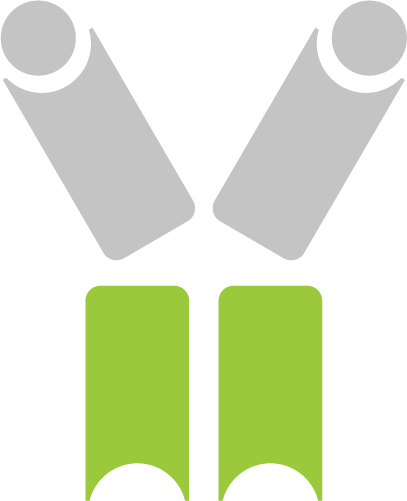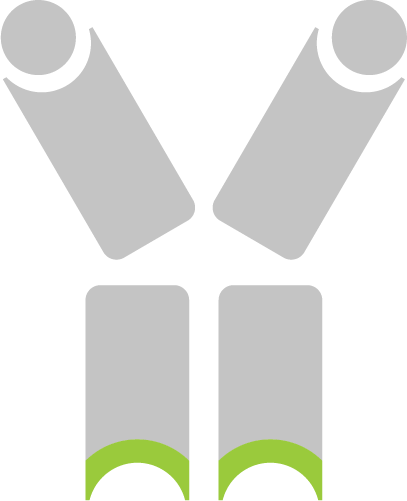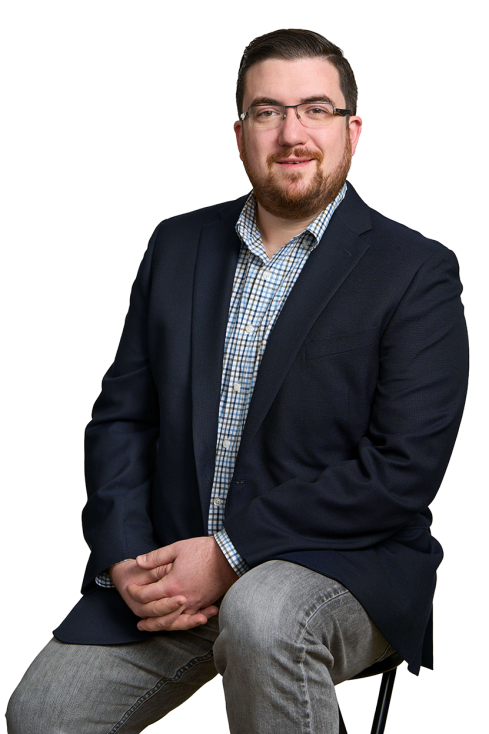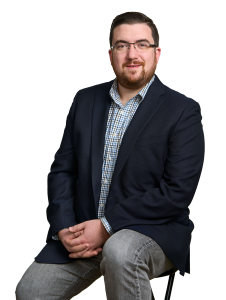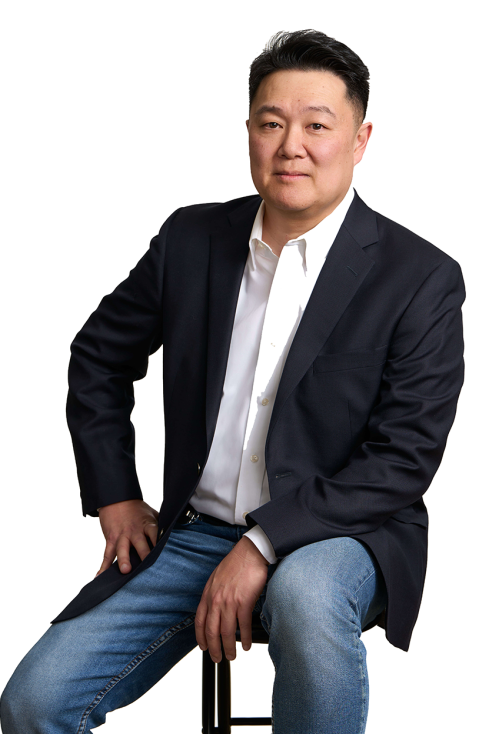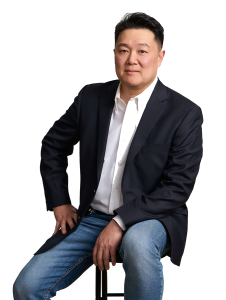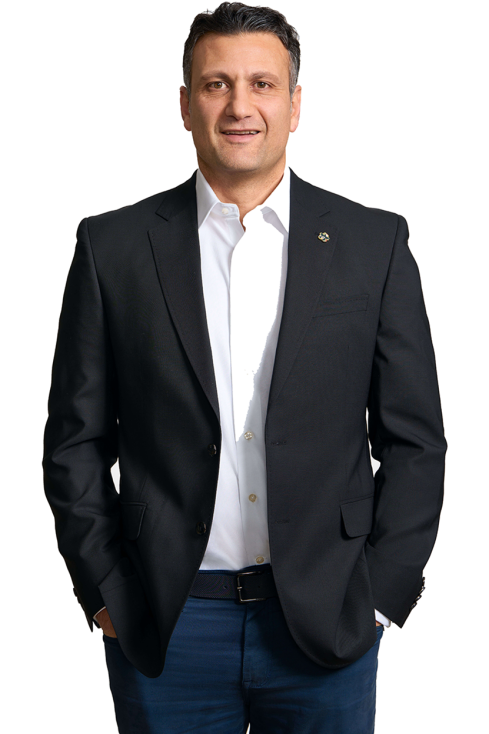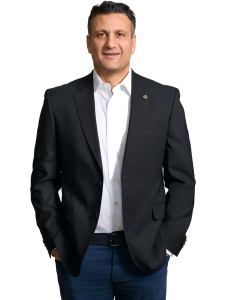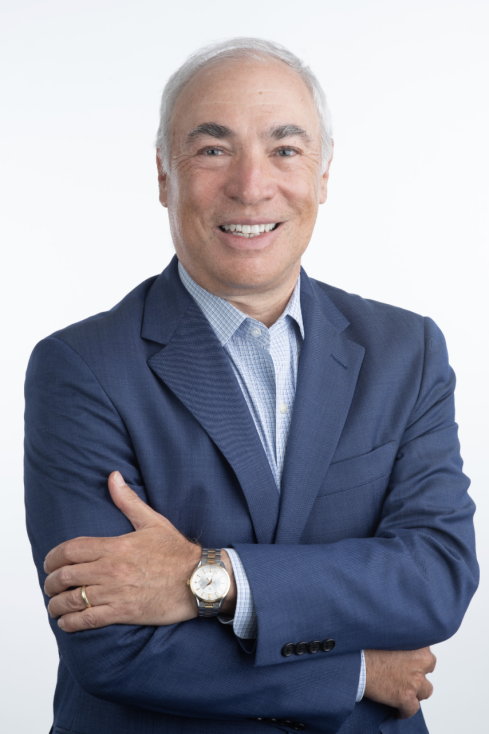Immuno-oncology seeks to harness the body’s immune system to identify and destroy cancer cells. Although often considered a modern medical breakthrough, its roots trace back to the late 19th century. During this time, William Bradley Coley, MD at the New York Hospital (now the Weill Cornell Medical Center) made the fascinating observation that several cancer patients had experienced spontaneous remission after contracting streptococcal infections. Coley believed the immune response drove the remissions, and he undertook the injection of bacteria into tumors as a potential treatment for bone cancer. Over a century after this early foray into immuno-oncology, the field is rapidly advancing with checkpoint inhibitor drugs, CAR T-cell therapies, and innovative cancer vaccines. GEN spoke with four leading companies to highlight how the latest breakthroughs are shaping the present and future of this longstanding field.
Employing pairs of cytokines
Deka Biosciences is developing new therapeutic modalities called DiakinesTM that consist of paired cytokines, natural proteins that can stimulate or suppress the immune system. John B. Mumm, PhD, Deka’s president and CEO, explains that cytokines are natural proteins that variously affect the immune system.
“There are stimulatory cytokines that activate the immune system and inhibitory cytokines that shut down things like inflammation,” Mumm says. “If you really want to push biology in a therapeutically relevant direction with cytokines, you need more than one.”
Deka Biosciences’ leading immuno-oncology platform combines interleukin 2 (IL-2) with interleukin 10 (IL-10). Mumm explains that the IL-2 stimulates the immune system to fight cancer, while the IL-10 minimizes toxicity. “IL-2 is like jet fuel. It massively activates the immune system, but it is super toxic. Meanwhile, IL-10 is one of nature’s anti-inflammatories. The presence of IL-10 compresses that fuel into a useful direction, like the nozzle of a jet engine.”
Mumm explains that these paired cytokines accumulate in tumors by binding to the EGF receptor on the surfaces of the tumor cells. “This keeps the T cells stuck to the tumor cells and further enhances the potency,” he says.
In its Phase I study, the company has treated 35 patients with EGF receptor-positive tumors who have experienced relapses on checkpoint inhibitors. “Our studies indicate that our Diakines are super-safe,” says Mumm. “Because of the IL-10, we block cytokine release syndrome and avoid common IL-2 side effects like vascular leaks.”
Mumm also notes that around 50% of patients have exhibited radiologically stable disease at the first scan. Furthermore, he says that he expects to see partial responses once patients are on treatment longer.
Diakines are available as a convenient off-the-shelf therapy that can be dosed at home. Furthermore, the platform has a personalized component. “Our tagline mission is that we can build a Diakine for every patient,” says Mumm. “We are building assay systems and understanding the genetics behind who is likely to respond to a given cytokine pair.”
Finally, Mumm is optimistic about combining Diakines with other treatments. He notes that IL-2 is often administered along with CAR T-cell therapy and cancer vaccines. “Now that we have solved the problem of IL-2 toxicity, Diakines can be combined with these therapies to reduce toxicity and dramatically enhance function,” he says.
To read the full article, click here.




